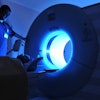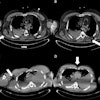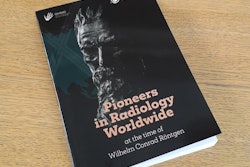This thought-provoking recent article in Clinical Radiology got my attention: "Doug Altman, medical statistician par excellence: What can radiologists learn from his legacy?" Written by Prof. Steve Halligan, professor of gastrointestinal radiology at University College London, and colleagues, it made me think about statistics and the impact they are having on all our lives.
It is difficult for us not to be suspicious of statistics. It is so easy to feel that we are being manipulated and that statistics are being massaged to prove a particular point. This was explained well in the classic book, How to Lie with Statistics, which was first published in 1954 and has been in print ever since.
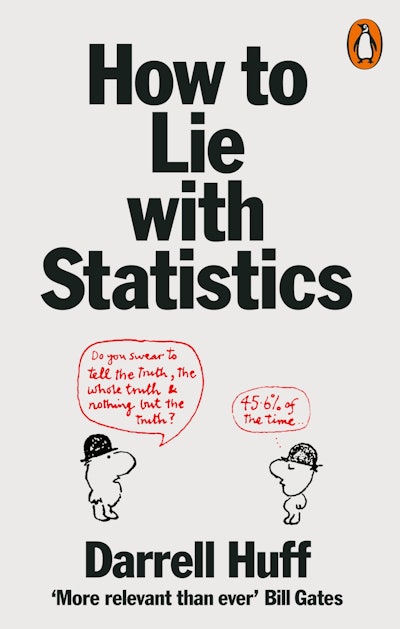 How to Lie with Statistics (1954) by Darrell Huff.
How to Lie with Statistics (1954) by Darrell Huff.
The book was written by Darrell Huff (1913-2001). Called by Bill Gates "more relevant than ever," the book is charmingly illustrated by Mel Calman (1931-1994), who in one of his cartoons, has his character say: "Don't be a novelist – be a statistician, much more scope for the imagination. ..." And Huff sets the scene for his book by quoting Benjamin Disraeli: "There are three kinds of lies: lies, damned lies, and statistics." Huff aims his lance at what he calls the "petty little instances of bumbling and chicanery" that are found in the presentation of statistics. He was aware of the importance of his task, and knew that many people used statistics to sensationalize, inflate, confuse, oversimplify, and sometimes even lie.
Huff knew the value of good statistics and quoted H.G. Wells (1866-1946) -- who, incidentally, lived near me in south-east England -- saying that "statistical thinking will one day be as necessary for efficient citizenship as the ability to read and write." Good and accurate statistics are essential, and as an example, much of the effectiveness of Florence Nightingale (1820-1910) was related to her use of, and presentation of, statistics and particularly using a visual format.
We need to be educated in the presentation and interpretation of statistics, and a general mistrust of statistics does no one a service. It was in this area that Prof. Doug Altman (1948-2018) was particularly effective. His aim was to improve the quality of medical research, and Altman can be seen as picking up the mantle of Darrell Huff.
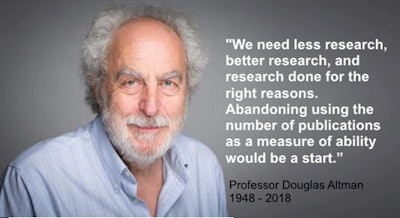 Doug Altman. Photo courtesy of NDORMS, University of Oxford.
Doug Altman. Photo courtesy of NDORMS, University of Oxford.
Altman was a professor of statistics at the University of Oxford, and 2024 marks the sixth anniversary of his death. Halligan and his colleagues have done us all a favor by showing us what radiologists can learn from his legacy. In their interesting narrative review, they describe their experience of working with Altman, whom they note is the most highly cited medical statistician in the world. Altman was interested in medical diagnostics in general and in imaging studies in particular. The review shows how his insights helped improve the authors' own radiological research and the paper gives advice to other researchers who hope to improve their own research practice.
In 1994 Altman wrote a highly influential editorial, "The scandal of poor medical research," in the British Medical Journal. I would encourage everyone to read it. Altman said that we need less research, but better research, and also research that was done for the right reasons. He maintained that it was immoral to perform poor research. This is partly because we often act on the results of research publications, and therefore patients could well be harmed by both inaccurate results, false interpretation, and selective publication. Researchers therefore need to work with trained medical statisticians to ensure good research design, analysis, and interpretation.
Interestingly, the 2018 BMJ obituary on Altman nominated the 1994 article as the most important paper published by the journal over the preceding 20 years, stating he did more than anyone else to expose "shoddy research."
Halligan et al write in an active voice rather than the more common use of the passive voice in scientific publications. During the 20th century, scientists commonly wrote in a passive voice with the aim to present science as an objective discipline with any personal elements removed. This was not present in an earlier generation of scientists. So Robert Boyle in his 1676 "Experiments and Notes about the Mechanical Production of Magnetism" used a personal style, writing that "But for my part, I confess, I see no necessity of admitting this supposition" when discussing the Lodestone. Boyle writes in the first and active person and it is good that this style is becoming more acceptable in scientific papers. Science is done by people and not by machines.
The Halligan paper will enable you to learn about the remarkable life of Doug Altman. As Altman once said, to maximize the benefit to society, we need to not just do research but to do it well.
Dr. Adrian Thomas is treasurer and past chair of the International Society for the History of Radiology and honorary historian at the British Institute of Radiology.

